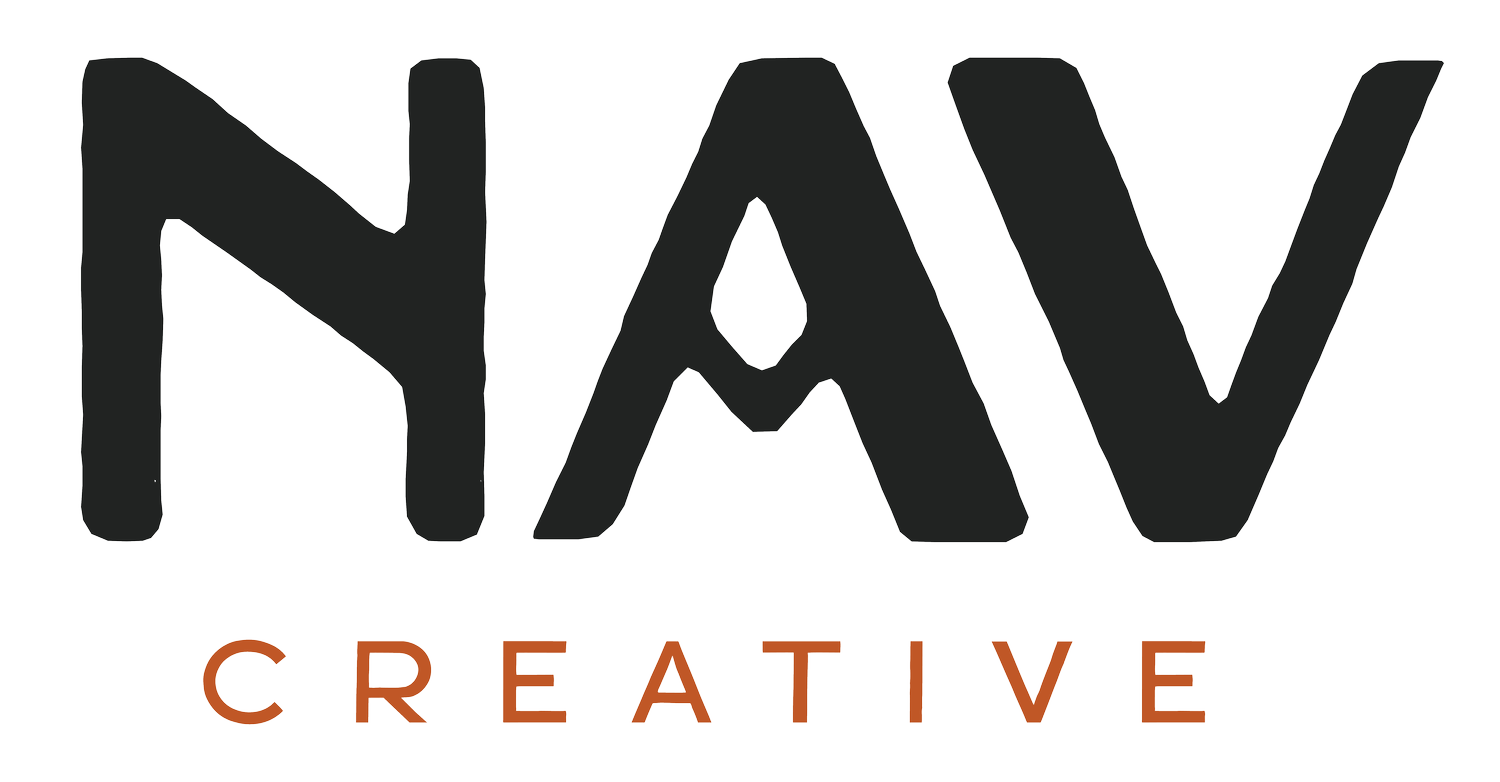How To Pick Good Stock Photos That Pair Well With Your Brand
When you’re building a website, you want to make sure your pages are as visually interesting as they are informative, and utilizing pictures effectively is a great way to do it. And if you don’t have your own pictures that pair well with your pages, stock photos are a great way to fill in the gaps.
However, you have to be careful when picking stock photos to choose ones that match the contents of the page and pair well with your brand. You don’t want your stock images to stand out, especially for all the wrong reasons, but to support the pages and fit in well with the overall design. So let’s look a bit at how to choose a good stock photo and how you can use those photos effectively.
Color Palette
Beyond the contents of the picture, the most important thing to look for when choosing a good stock image is the color palette. Even if the contents of the photos capture what you need them to, they’re going to look out of place if they don’t match the color scheme you’ve used for the rest of your website.
Most of the time, you want your stock imagery to have at least two of your brand’s colors to match it with your website. We use a five-color palette for our website builds, so we’re typically looking for stock photos that incorporate at least 40% of a brand’s colors.
Exceptions To The Rule
If you can’t find good stock photos with two of your brand colors, you can get away with using pictures with a neutral color scheme. The best thing you can do when picking stock photos is choose ones that are on-brand and match your color palette. But if you can’t do that, your second-best option is to choose ones that won’t clash with the design of your pages, and focusing on neutral colors is the best way to do that.
When in Doubt, Use Neutrals
If you’re using neutral-colored stock photos on your website’s pages, at least make sure to surround them with two colors from your brand’s color palette to give the appearance that they match the rest of your stock pictures.
High-Quality Photos and Where To Find Them
Now that you know what goes into a good stock photo, it's important to know where to find quality stock imagery. Luckily, there are plenty of places where you can find good stock photos - both at cost and for free.
We’ve written blogs about our favorite stock image websites in the past, but here’s a quick breakdown of five of our favorites:
Free:
Paid:
Elevae (formerly Social Squares)
You can read our more thorough thoughts on each stock image source on our blog post.
How To Use Stock Photos
We always prefer using our own photos over stock photos, but we also know that not everyone has a good picture for every occasion. Ourselves included. Here are a couple of ways we use stock photography when we don’t have in-house photos.
Website Pages
The most obvious and practical way to use stock photos is to fill out your website pages. On our website, we almost exclusively use our own pictures, but there are some instances where a good stock photo makes more sense.
When you don’t have your own fitting photos for a web page, feel free to use stock photos as long as they follow the two-color rule. It’s better to have a page with good stock photos than one with no photos at all.
Blog Thumbnails + Photos
We publish a lot of blogs on specific topics that we sometimes don’t have in-house photography for. In those cases, we’ll sometimes use a stock image as the thumbnail photo. Like the other stock photos we use, we want our blog thumbnails to have at least two of our brand colors in them so that they match the other thumbnails when we do use our own pictures.
You can also use stock photography throughout the body of your blogs as well as the thumbnail, though it is less important here than in the other examples we’ve discussed.
While it is valuable to have images in your blog posts to break up the visual monotony of a text-only article, you probably won’t need to waste time sourcing stock photos for something like this. In most of our blog posts, since we’re often writing about websites or software, we typically just screenshot a page from the subject we’re writing about. Not only are these easier to get than stock photos, but they’re likely more relevant to your blog topic than anything you can find from stock image sources.
For example, in our previous blog about finding stock images, we could screenshot the home page for the image source websites without having to find vaguely fitting stock photos.
Stock photos are a reliable and easy way to make your website pages more engaging and informative, but they’re going to do more harm than good to the design of your website if they don’t match your brand. The most important thing to keep in mind is that you want to use stock photos that have at least two of your brand’s primary colors so that they pair with your color scheme.
Want to learn more about how we use stock images in our website builds? Book a consultation with NAV Creative today and learn more about our process.


